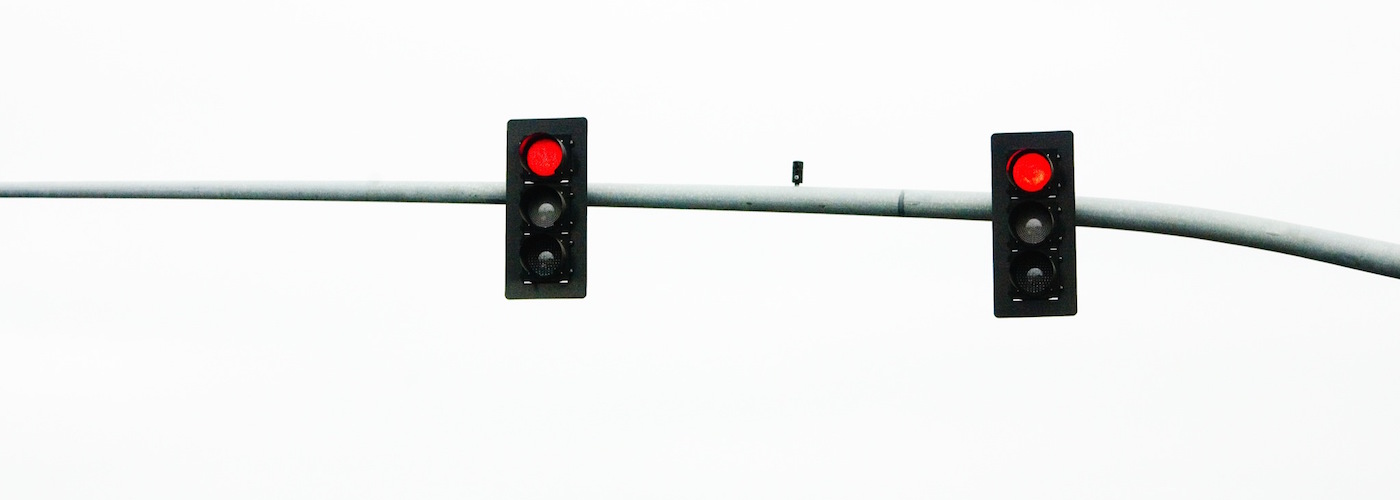
Facebook isn’t finished with its attempts to move journalists away from their reliance on Twitter. On Thursday, the company launched Signal, a free discovery and curation platform that helps journalists see what’s trending in photos, videos, and (public) posts across Facebook and Instagram.
This launch comes a week after Facebook made its Mentions app available to journalists with verified profiles. That app, which lets users track mentions of themselves and stream live video, was previously only for public figures like athletes and actors.If Mentions is for outward-facing content and self-promotion, Signal — which is desktop-only for now — is designed to make the backend of the news-gathering process easier.
In a blog post, Andy Mitchell, Facebook’s director of media partnerships, laid out what Signal can do:
Journalists have been embedding Facebook and Instagram posts into stories for a while now, but as social media posts increasingly become the basis of news stories — think Vox’s coverage of President Obama’s comment on the Humans of New York Facebook page, or Donald Trump’s Instagram attack ads — a tool like Signal becomes more useful and necessary. The “embed” option is featured prominently on the platform, and posts found there can easily be included in broadcast stories as well. Journalists can also create collages of Instagram photos and embed them into posts.Discover what’s trending now on Facebook.
Journalists interested in seeing what conversations are resonating on Facebook can monitor which topics are trending and then quickly display related content that has been shared publicly — unranked and in chronological order — from both people and Pages for deeper context on those trends. Search functionality makes it easy to surface content directly related to a story or topic they are tracking.
See data on who is driving the most conversation on Facebook.
Journalists can access lists of public figures ranked by who is being mentioned the most on Facebook, including real-time conversations across Politicians, Authors, Actors, Musicians, Sports Teams, Players, and more.
Search Instagram for visual content surrounding news events around the world.
Using location-tag and topic-related search functionality, journalists can search Instagram for public posts related to specific hashtags, associated with specific public accounts, or tagged with locations using an interactive global map.
Curate Facebook and Instagram content for newsgathering and packaging.
Every Facebook post, every Instagram image or video, and every metric found in Signal can be easily saved into custom collections for later use in a downstream CMS for digital writers or for integration with broadcast graphics packages for broadcast teams.
Easily embed content and data from Facebook and Instagram in online and offline coverage.
Journalists can easily embed any Facebook and Instagram post in their coverage by simply selecting and copying the post’s embed code. Newsrooms can integrate Signal APIs to feed curated content onto their websites and into their broadcasts, as well as produce native visualizations of curated Instagram content for events.
In some ways, Signal and Twitter’s upcoming Project Lightning, which will show curated tweets around live events and is supposed to launch later this year, are inspired by similar impulses: They want to open the platforms up to those who’ve found them slightly impenetrable. But if the point of Project Lightning is to make it easier for people who aren’t on Twitter, and who haven’t spent years curating their own lists of accounts to follow, to find good content there, the point of Signal is to help narrow down Facebook’s vastness into a more usable form for journalists.
It’s also interesting to see Facebook’s emphasis on depersonalization, both in Signal and in the launch of Mentions last week. In each case, Facebook specifies that the product will deliver a non-customized feed of what’s trending: It won’t be based on a journalist’s location, friends, or likes; it won’t be biased toward a certain political viewpoint or age group. Signal was “built specifically to help journalists solve the use case for sourcing news on Facebook,” Mitchell told me.Facebook is limiting Signal access to “professional journalists,” which Mitchell defined as “a broad range from bloggers to traditional news organizations.” You can request access here.